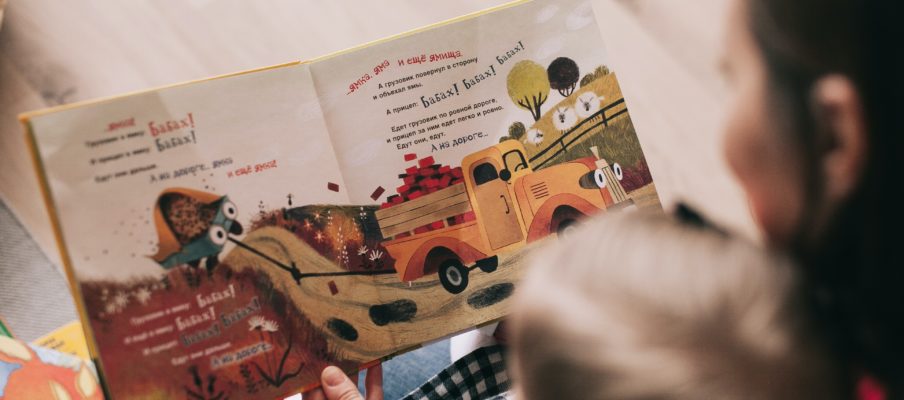“The Science of Reading”
It’s hard to miss it — the phrase ‘the science of reading’ has been a buzzword popping up everywhere from national news headlines to educational blogs. But what exactly is the science of reading and why does it matter?
What it is
The science of reading refers to the large body of academic research conducted with the goal of understanding how we learn to read and which instructional method works best. These extensive studies, spanning over multiple decades and drawing from fields like cognitive psychology, educational psychology, neuroscience, and linguistics, have helped to identify an evidence-based best practice approach to teaching reading (more on this “evidence-based” approach below!).
The two main frameworks within the science of reading:
To better understand the science of reading, we need to take a look at two important literacy models born out of the wealth of data collected by researchers: the Simple View of Reading and Scarborough’s Reading Rope.
The Simple View of Reading is a literacy model that continues to be supported as a core model in early reading development; it divides the ability to read into two broad skill sets: decoding and language comprehension. Put simply, the ability to read and comprehend depends on being able to sound out the words in a text and understanding spoken language. If one or the other skill is missing, extracting meaning from what we read will be difficult.
The second model, Scarborough’s Reading Rope, zooms in on the two components (decoding and language comprehension) from the Simple View of Reading and deconstructs them into more specific and explicit skills needed for skilled and fluent reading. The rope is composed of two strands, the upper word-recognition strands, and lower language-comprehension strands. These two strands weave together to produce a skilled reader.
(Click here to visualize an image of Scarborough’s Reading Rope from the International Dyslexia Association)
How do we identify reading programs that are “evidence-based”?
Based on the above two frameworks, The Science of Reading/research has identified the following five elements to be essential for a successful early literacy development:
- Phonological awareness
- Phonics and word recognition
- Fluency
- Vocabulary
- Text comprehension
Thus, an evidence-based reading instruction is one that encompasses all of these components which will effectively prepare students for reading success. Here at Phunics, we are committed to aligning our courses with research; here is how you can use our site to work on each of these essential skills!
Listen to our stories
One of the best ways to cultivate a child’s phonological awareness – or ability to recognize and work with sounds in the spoken language – is to read aloud to them. We do just that for you here; each one of our stories is accompanied by professional audio recording for the students to enjoy!
Learn phonics
All of our decodable stories come with targeted learning goals with specific sound-letter relationships, and are carefully sequenced to gradually and systematically introduce phonetic patterns to students.
Record yourself
At the end of each story, the student is encouraged to record themselves reading the story aloud – an awesome way to work on their reading fluency!
Take a quiz
Want to make sure that your student understood the story? Be sure to have them take the reading quiz at the end of each one of stories! The reading quiz tests not only comprehension but also vocabulary knowledge.
Retell the story
After completing the story, students have the option to record themselves retelling the story, where they will need to recall characters, setting, and plot – an all-around exercise that requires students to employ multiple skills and strategies such as reading comprehension and vocabulary.
Bonus:
All of our decodable stories are LEXILE® leveled and are beautifully illustrated with memorable characters and exciting plots that keep readers engaged. Help your student fall in love with reading and check out our interactive digital readers today – the first three stories from each level is free for anyone to enjoy!
